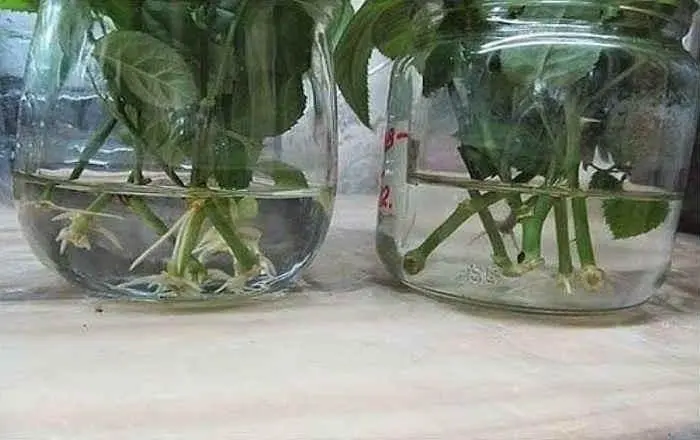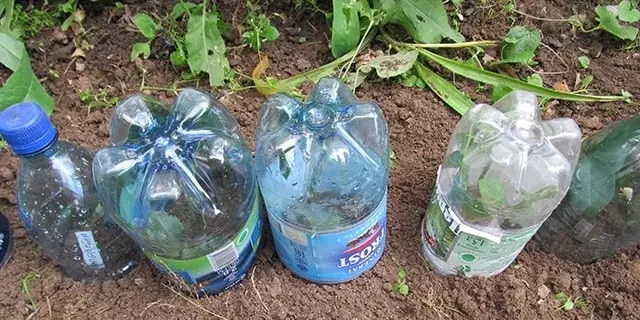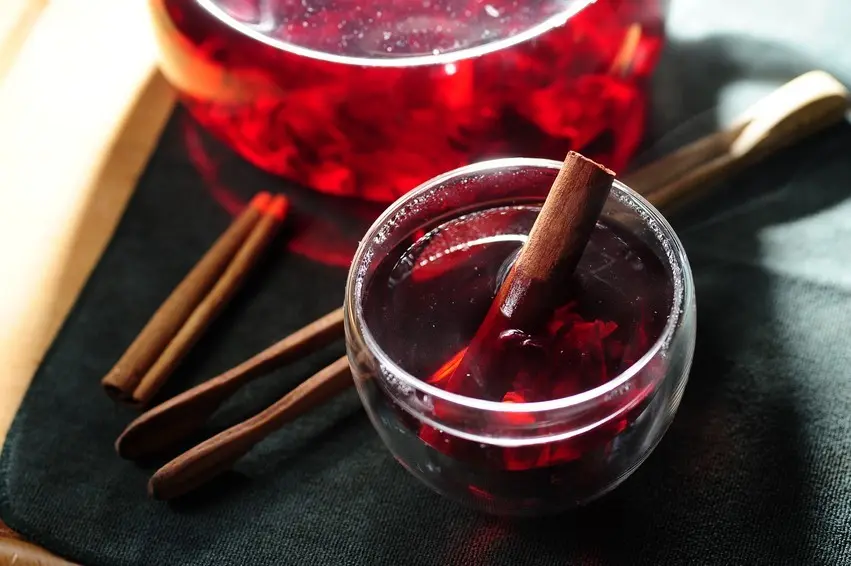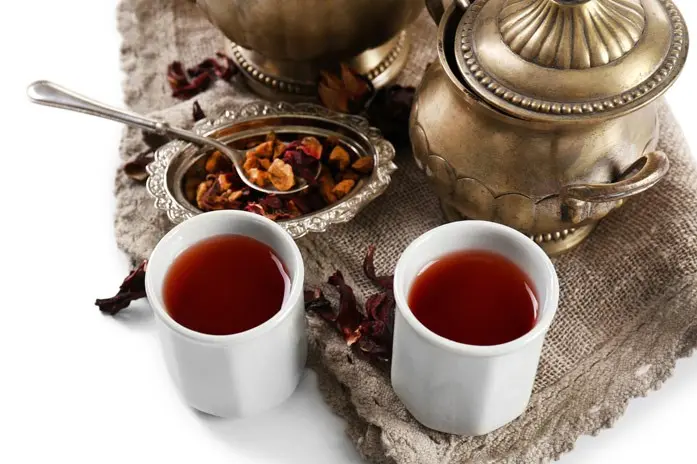Contents
Hibiscus sabdariffa, or Sudanese rose, is a herbaceous plant of the genus Hibiscus of the Malvaceae family. It grows in the form of a shrub, blooms with delightful bright red flowers, from the dried petals of which they prepare the most useful drink – Hibiscus tea. In some Muslim countries, this tea is a national drink, and the healing properties of the Sudanese rose are widely used in folk medicine in the East. The plant prefers a humid tropical climate, therefore, in our latitudes, its cultivation is possible only in room or greenhouse conditions.
Characteristic and description
The Sudanese rose has been known since ancient Egypt, when healers began to use the plant in their healing recipes. In those days, it was believed that a wonderful flower is able to cope with any disease, and even now Muslims deeply revere the rose and associate the number of its petals, and there are five of them, with religious commandments. Most of us know about the use of the Sudanese rose only that sweet and sour aromatic tea or decoction is prepared from its petals. But in countries where rose cultivation is widely practiced, its use is much wider – delicious desserts (jams, jellies), drinks are prepared from it, and young stems are added to salads and main dishes.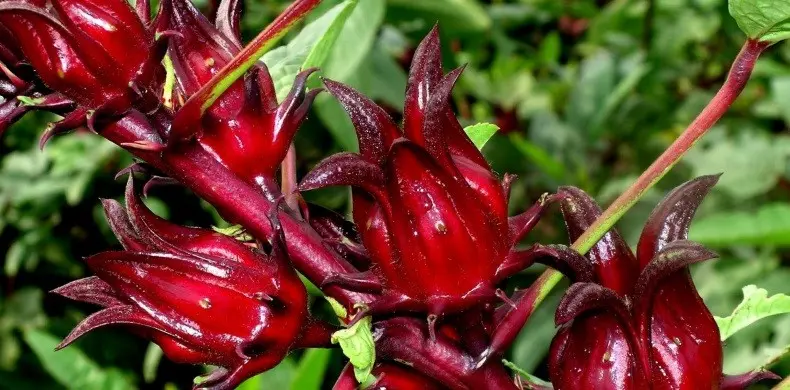
Hibiscus sabdariffa is a herbaceous shrub that in natural conditions reaches a height of 3-3,5 meters. The crown is branched, the root system is very deep. Young stems are green, with a slight reddish tinge, as they age they become covered with a thin gray bark. The leaves are slightly rough, serrated at the edges, pointed in the upper part of the crown, oval in the lower part. The flowers are large (up to 6 cm in diameter), bright, dark red in color, attached to the stem with a short pedicel. The petals are thick, the flower calyx is juicy and fleshy – it contains most of the nutrients.
The Sudanese rose is very thermophilic, demanding on moisture and sunlight, however, direct sunlight is harmful to it.
But also the shrub does not tolerate drafts and temperature changes – under their influence, it begins to shed flowers, and if measures are not taken in time, then foliage may fall off. The average comfortable temperature for a plant is + 20 ° C, and in winter the degree should not fall below + 15 ° C, and in summer the temperature should not exceed + 25 ° C.
From a lack of moisture, the tips of the leaves dry out, so the crown needs to be sprayed periodically. During the period of active growth, the rose needs to be fed with liquid flower fertilizers.
Video “Description”
From the video you will learn what this unusual flower is.
Seed propagation technology
Reproduction of the Sudanese rose is carried out in two ways: cuttings and seeds. Growing a flower from seeds is easier, because it is less laborious, besides, the seeds of the Sudanese rose have excellent germination for 5-6 years. Seed material can be purchased at specialized stores, but the easiest way to look for them is in bags of Hibiscus tea.  Planting seeds in pots or greenhouses is as follows:
Planting seeds in pots or greenhouses is as follows:
- for the purpose of disinfection, planting material is soaked in a weak solution of potassium permanganate for 0,5-1 hour;
- then it is thoroughly washed under running water, after which it is soaked in a growth stimulator – you can moisten the fabric with the product and put the seeds there for germination;
- when sprouts begin to appear (on day 3-4), the seeds are sown in separate containers – pots, if the cultivation will take place at home, in disposable pots – if in open ground or a greenhouse.
Sudanese rose is demanding on the soil. She needs a special soil mixture that has high drainage properties and is quite fertile at the same time. Ready-made substrate for ornamental shrubs can be bought at a flower shop. You can prepare the soil yourself from sand (base), peat, high ground and humus. As a fertilizer, it is recommended to add a little wood ash.
Features of planting cuttings
Growing from cuttings allows you to save the decorative varietal features of the plant. There is nothing difficult in propagating Sudanese roses in this way, if you follow certain rules of agricultural technology, which are as follows:
- cuttings are cut from young annual shoots – the use of apical shoots remaining after pruning is allowed;
- the right time for rooting cuttings is spring or mid-summer (so that the shoots have time to take root before the cold weather);

- if cuttings are cut from a bush, then the lower cut should be located 0,5-1 cm below the kidney;
- the optimal length of the cuttings is 10-15 cm in the presence of 3-4 viable buds;
- a day before planting, the cuttings must be placed with the lower part in a solution that stimulates the germination of roots (Heteroauxin, Kornevin);
- then plant the planting material in a wet substrate based on sand and peat with the addition of a small amount of leafy soil and humus;
- to create a favorable microclimate, the planted cuttings must be covered with a transparent material (jar, cut plastic bottle).
Rooting of cuttings in the soil occurs within 1-1,5 months. All this time they need to provide proper care and create optimal conditions for their development:
- maintain the temperature at + 18-25 ° C (depending on the season);
- make sure that the substrate is always moist and does not dry out;
- periodically inspect the cuttings, and remove diseased or rotten ones in a timely manner.

When the cuttings take root, and the buds grow, it is recommended to pinch off the tops – this procedure contributes to the branching of the seedling.
About the benefits of tea
The flowers of the Sudanese rose, used for Hibiscus tea, contain a huge set of biologically active compounds necessary for the body, which endow the drink with healing power.
In Arab countries, tea is drunk daily in hot or cold form, and as you know, these people have excellent health and longevity.
It is not possible to describe in detail the entire chemical composition of the plant, so we will focus on the main components that have the most important effect on the human body:
- fruit and organic acids: malic, tartaric, citric, hibiscus (present only in plants of this genus) – cleanse blood vessels, fill cells with energy;
- phenolcarboxylic acids (over a dozen) – strengthen the immune system, support all systems and organs;

- micro and macro elements: manganese, calcium, magnesium, potassium, iron, copper, selenium;
- anthocyanins (pigment substances that provide the red color of flowers) – strengthen and cleanse the walls of blood vessels;
- flavonoids and antioxidants – have an antibacterial effect, restore cells, cleanse the body of harmful substances;
- vitamin C – improves immunity, improves general condition;
- polysaccharides, pectins.
Regular use of Hibiscus tea can achieve excellent health or solve such health problems:
- cleanse the body of carcinogens, and thereby suspend and prevent the development of cancer;
- reduce the risk of developing pathologies of the digestive tract, get rid of heartburn, stomach cramps, chronic constipation;
- increase immunity, recover from severe and prolonged illnesses;
- restore the elasticity of blood vessels, normalize cholesterol levels;
- reduce the temperature for colds and other diseases;
- support the cardiovascular system;
- get rid of some pathologies of the urinary system;
- ease the course of diabetes;
- normalize blood pressure in hypertension;
- reduce the frequency of relapses in psoriasis, eczema and other skin diseases.

But it should also be borne in mind that the Sudanese rose in the form of tea is not useful for everyone. You should not get carried away with the use of Hibiscus for hypotensive patients, as the drink can further lower the pressure. People suffering from allergies need to be careful and start taking a healing drink with small doses. And it is also not recommended to drink tea for gastritis and high acidity of the stomach, since the drink will only worsen the condition.
Video “The benefits and harms of tea”
From the video you will learn how this drink is useful and harmful.










